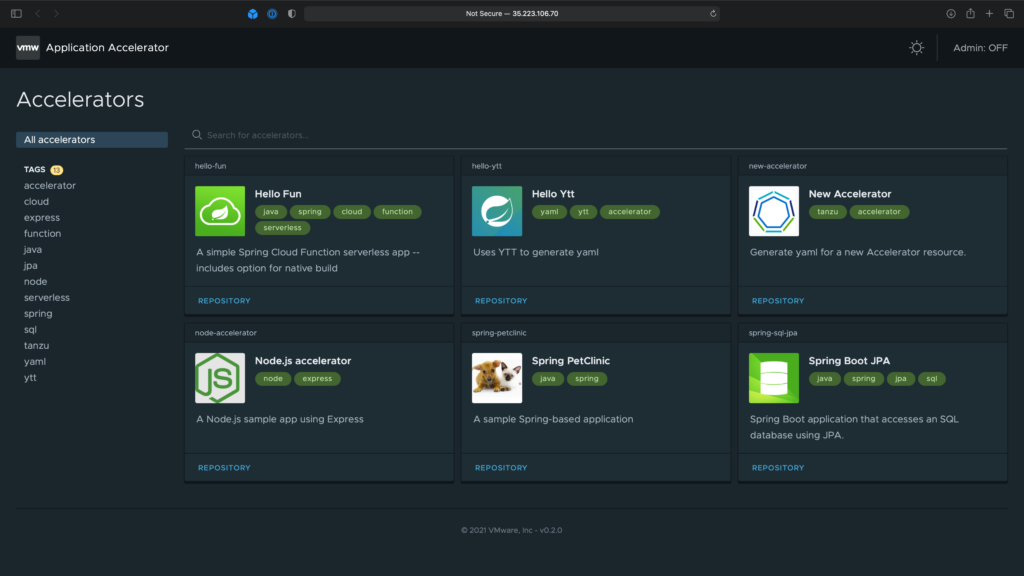VMware Previews App Dev Platform for Kubernetes
During the online SpringOne conference, VMware today revealed it has made available in beta a Tanzu Application Platform that provides developers with a framework for building applications that can be deployed on clusters running any distribution of Kubernetes.
Separately, VMware and Microsoft also unfurled an enterprise tier of an existing instance of a Spring framework that is mainly employed to build Java applications. Basic and standard editions of that service already exist. A survey of 1,586 IT professionals that build or deploy applications using the Spring framework published today also notes 94% of respondents are now using that framework to build microservices-based applications.
Valentina Alaria, director of product management for cloud-native applications at VMware, says Tanzu Application Platform presents developers with a set of pre-instrumented components and scaffolding templates that are based on Application Accelerators for VMware Tanzu that are currently available. Instead of presenting developers with a bag of parts they need to put together and a wall of YAML files they need to navigate to build applications, Alaria says Tanzu Application Platform provides developers with the equivalent of an integrated software supply chain to increase productivity.
A Tanzu Build Service, for example, makes it possible to build application container images using cloud native buildpacks and a declarative image configuration and keep them up-to-date without developer intervention. Cloud Native Runtimes for VMware Tanzu makes it possible to leverage knative middleware for serverless computing framework to create event-driven applications that connect to external event sources.
There’s also an application programming interface (API) portal to discover, manage and publish APIs and an Application Live View for VMware Tanzu that can be employed to track the health of applications.
In minutes, developers can simply describe their application in a declarative manifest that generates a URL to test on the platform that closely mimics their Kubernetes production environment, says Alaria. However, developers can choose to replace any of the modules provided by VMware with a tool they prefer, notes Alaria.
As part of that supply chain, security and operations teams can also codify guardrails into Application Accelerator scaffolding to implement security policies that can be crafted specifically for microservices-based applications.
At the same time, however, VMware is also making it possible for developers to drop down to, for example, the kubtcl command line interface whenever its deemed necessary, notes Alaria.
Alaria says the development of Tanzu Application Platform was inspired by Spring Initializr, a set of tools originally created by Pivotal Software that automated the creation of a new project for developers building Java applications using the Spring framework. Pivotal Software was merged into VMware in 2019.
The overall goal is to reduce DevOps friction in a way that enables developers to spend more time coding versus managing the DevOps environment, says Alaria.
Now that Kubernetes clusters are being deployed with greater frequency in enterprise IT environments, there’s a lot more focus on developer experience. Enterprise IT organizations that typically have a limited number of developers often prefer application development platforms that automate as many tasks as possible. They also typically have IT operations teams that manage many of those tasks on behalf of developers. In some cases, the individuals that manage IT operations are part of larger DevOps teams. In other cases, they are part of a centralized IT function.
Regardless of approach, the one thing all organizations are increasingly focused on is increasing developer productivity at a time when more organizations than ever have come to realize how dependent they are on software.





